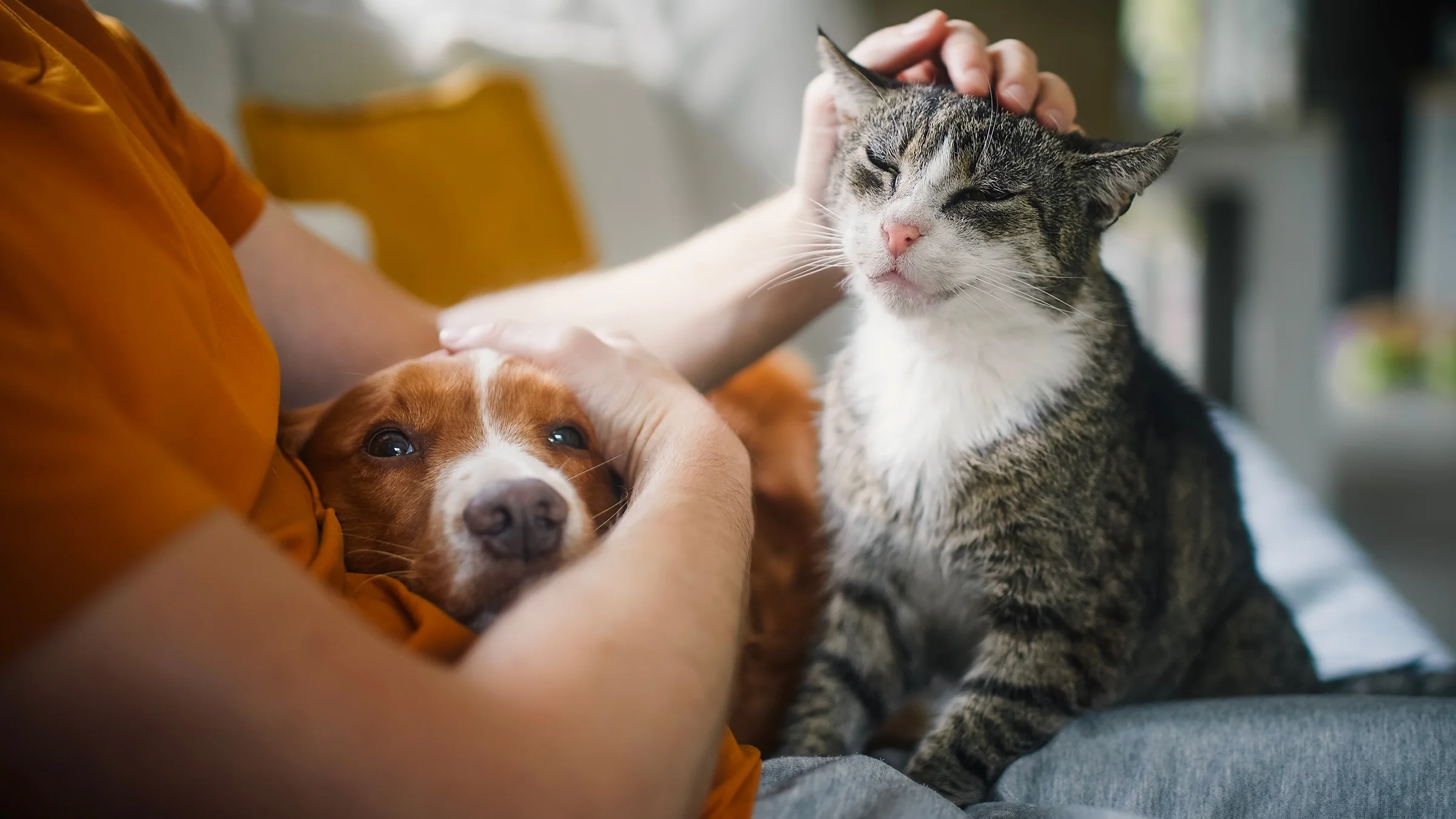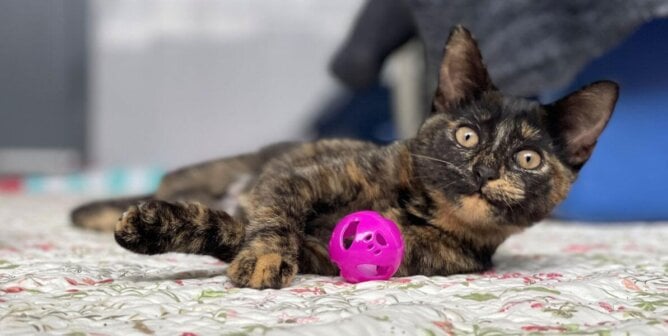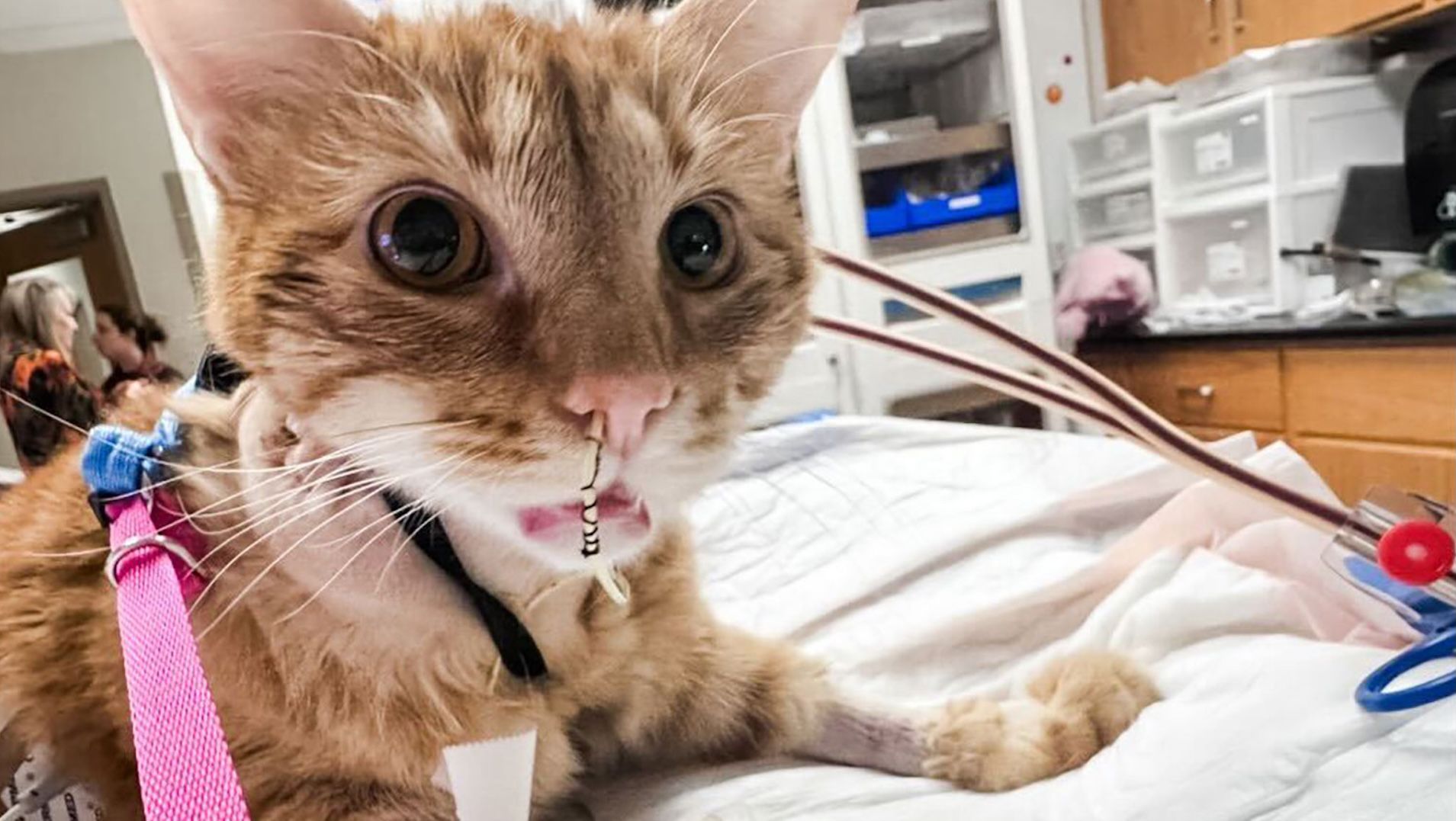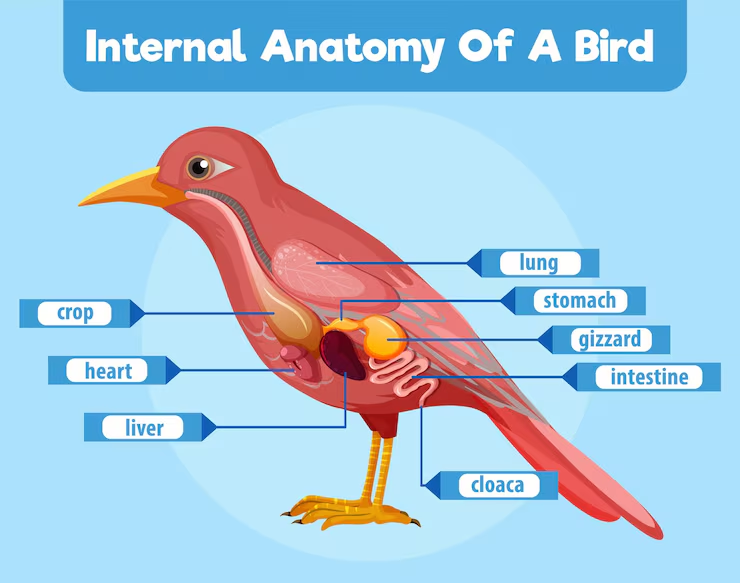Have you ever wondered what happens if your cat catches bird flu? It’s a scary thought, and you want to know if there’s a way to help your furry friend recover.
Bird flu in cats is rare but serious, and understanding how to spot it and what steps to take can make all the difference. You’ll discover clear, simple answers about treating bird flu in cats and how to protect your pet from this illness.
Keep reading to learn what you need to know to keep your cat safe and healthy.

Credit: www.goodrx.com
Signs Of Bird Flu In Cats
Bird flu can affect cats and cause serious health problems. Knowing the signs helps catch the illness early. Early care can improve your cat’s chance of recovery.
Watch your cat closely if bird flu is suspected. The symptoms can vary but often show in certain ways.
Common Symptoms To Watch
- Fever and chills
- Runny nose and sneezing
- Coughing or difficulty breathing
- Loss of appetite
- Weakness and lethargy
- Swollen face or eyes
- Diarrhea or vomiting
Behavioral Changes
Infected cats often behave differently. They may hide more and seem less active. Your cat might also show less interest in playing or interacting.
| Behavior | Possible Sign |
| Hiding for long periods | Feeling sick or weak |
| Less grooming | Poor health or discomfort |
| Reduced appetite | Illness or pain |
| Restlessness or agitation | Discomfort or fever |
When To Seek Veterinary Help
Do not wait if your cat shows signs of bird flu. Early treatment is important. Call your vet if you see these signs:
- Breathing problems or fast breathing
- High fever lasting more than a day
- Severe weakness or inability to stand
- Persistent vomiting or diarrhea
- Swelling around the eyes or face
- Sudden changes in behavior or alertness

Credit: www.peta.org
Diagnosing Bird Flu In Cats
Bird flu can affect cats and cause serious illness. Early diagnosis is important for treatment.
Veterinarians use tests and observations to confirm bird flu in cats. This helps guide proper care.
Veterinary Tests And Procedures
Veterinarians perform several tests to diagnose bird flu in cats. These include physical exams and lab tests.
- Swab samples from the throat or nose for virus detection
- Blood tests to check for antibodies
- X-rays to assess lung health
- Complete blood count to find infection signs
Differentiating From Other Illnesses
Bird flu symptoms can look like other cat diseases. Vets use tests to tell them apart.
| Illness | Common Symptoms | Key Differences |
| Bird Flu | Fever, cough, nasal discharge | Virus found in swabs |
| Feline Flu | Runny nose, sneezing, eye discharge | Negative for bird flu virus |
| Respiratory Infection | Coughing, difficulty breathing | Different bacteria or viruses detected |
Treatment Options
Bird flu in cats is a serious illness that requires quick care. Treating it early helps cats recover better.
There are several ways to help a cat with bird flu. Treatment includes medicine, care at the vet, and care at home.
Antiviral Medications
Vets may use antiviral drugs to fight the bird flu virus in cats. These medicines slow down the virus growth.
Antiviral drugs need to be given under vet supervision. They can help reduce symptoms and help cats heal faster.
- Oseltamivir is a common antiviral used for bird flu in cats
- Dosage depends on the cat’s weight and health
- Only give antivirals prescribed by a vet
Supportive Care Strategies
Supportive care helps cats feel better while they fight the virus. This care is very important for recovery.
Vets provide fluids and nutrition if cats cannot eat or drink well. Oxygen may be given if breathing is hard.
- IV fluids keep cats hydrated
- Warm and quiet spaces reduce stress
- Monitoring vital signs helps track progress
Home Care Tips
Once the vet approves, you can help your cat at home. Good care speeds up healing and prevents spread.
Keep your cat indoors and away from other pets. Give medicine exactly as the vet says. Keep your cat warm and comfortable.
- Make sure fresh water is always available
- Feed soft, easy-to-digest food
- Clean the litter box often
- Wash hands after touching your cat
Preventing Bird Flu In Cats
Bird flu can affect cats, especially if they come in contact with infected birds. Preventing this disease is important to keep your cat healthy and safe.
Understanding how to reduce risks and protect your cat helps avoid infection and serious health problems.
Minimizing Exposure Risks
Keep your cat away from wild birds and their droppings. Infected birds can spread the flu virus easily.
Do not let your cat hunt or eat birds or rodents that may carry the virus.
- Keep cats indoors or supervise outdoor time
- Remove bird feeders or baths near your home
- Clean areas where birds gather often
- Watch for signs of sick birds nearby
Vaccination And Immunity
Currently, there is no specific vaccine for bird flu in cats. Vaccines for other illnesses may help keep your cat’s immune system strong.
Talk with your vet about the best vaccinations and ways to support your cat’s health to fight infections.
- Keep regular vaccinations up to date
- Feed a healthy diet for strong immunity
- Limit stress to boost your cat’s defenses
Hygiene And Environmental Control
Clean your cat’s living space often. This removes germs and reduces the chance of infection.
Disinfect food bowls, litter boxes, and bedding regularly to keep the area safe.
- Wash hands before and after handling cats
- Use pet-safe disinfectants for cleaning
- Keep your home free of bird droppings
- Dispose of waste properly and quickly
When To Consider Emergency Care
Bird flu in cats is a serious illness. It can cause severe health problems quickly. Knowing when to seek emergency care can save your cat’s life.
If your cat shows signs of bird flu, watch closely. Some symptoms need fast action. Emergency care helps prevent complications.
Critical Symptoms
Watch for symptoms that show your cat is very sick. These signs mean your cat needs urgent veterinary care. Do not wait if you see these symptoms.
- High fever over 103°F (39.4°C)
- Difficulty breathing or rapid breathing
- Severe coughing or sneezing
- Weakness or inability to stand
- Blue or pale gums
- Seizures or loss of consciousness
- Excessive drooling or nasal discharge
These symptoms show serious problems in your cat’s body. Immediate care can help your cat survive.
Preparing For Veterinary Visits
Before going to the vet, gather important information. This helps the vet diagnose and treat your cat fast. Prepare to describe symptoms and any changes.
- Note when symptoms started
- List any changes in eating or drinking
- Record breathing problems or cough details
- Keep your cat calm and secure during travel
- Bring any medications your cat takes
- Use a carrier to keep your cat safe
Being ready makes the vet visit smoother. Quick action and clear details help your cat get the best care.
Long-term Care And Monitoring
Caring for a cat recovering from bird flu takes time and attention. Monitoring your cat helps catch any problems early.
Long-term care focuses on recovery, avoiding repeat infection, and regular vet visits.
Recovery Timeline
Recovery from bird flu in cats can vary. Some cats improve in weeks, while others may take months. Watch for steady progress.
- First 1-2 weeks: Rest and basic care
- Weeks 3-6: Gradual return to normal activity
- After 6 weeks: Full recovery is possible but monitor closely
Preventing Recurrence
Stopping bird flu from coming back is important. Clean your cat’s living space often.
- Keep your cat indoors to reduce exposure
- Avoid contact with wild birds or sick animals
- Regularly disinfect food and water bowls
- Maintain good hygiene and clean bedding
Follow-up Veterinary Checks
Regular vet visits help ensure your cat stays healthy after bird flu. Vets can spot hidden issues early.
| Check Type | Purpose | Frequency |
| Physical Exam | Assess overall health and recovery | Every 2-4 weeks initially |
| Blood Tests | Monitor immune response and organ health | Monthly or as advised |
| Respiratory Check | Check for lung or breathing problems | During each visit |
| Vaccination Review | Update vaccinations if needed | At least once a year |

Credit: www.dvm360.com
Frequently Asked Questions
What Are The Symptoms Of Bird Flu In Cats?
Bird flu symptoms in cats include coughing, sneezing, fever, lethargy, and loss of appetite. Some cats may also show respiratory distress and nasal discharge. Early detection is crucial for treatment and preventing spread.
Can Bird Flu In Cats Be Treated At Home?
Home treatment is not recommended for bird flu in cats. Immediate veterinary care is essential to provide antiviral drugs and supportive therapy. Proper isolation helps prevent the virus from spreading to other pets or humans.
How Do Vets Diagnose Bird Flu In Cats?
Vets diagnose bird flu through physical exams and laboratory tests. They collect samples from the cat’s throat or nasal passages. PCR tests confirm the presence of avian influenza virus quickly and accurately.
Is Bird Flu Contagious From Cats To Humans?
Bird flu can potentially spread from cats to humans, but it is rare. Close contact with infected cats increases the risk. Proper hygiene and avoiding exposure to sick cats reduce chances of transmission.
Conclusion
Treating bird flu in cats requires care and attention. Early detection is key. Visit a vet if symptoms appear. They can guide treatment options. Keep your cat indoors to reduce risk. Maintain good hygiene at home. Clean areas where your cat eats and sleeps.
This helps prevent the spread of flu. Stay informed about bird flu updates. Knowledge keeps your pet safe. Your cat’s health is important. Act promptly if you notice unusual behavior. Always prioritize their well-being.





